Happy 160th Birthday Fred Smith!

Portrait of Fred Smith (with some minor alterations) [FS/2/1/6]
Today, 19th April, marks 160 years since the birth of Frederick Smith in 1857. I’m going to take this opportunity to tell you a bit more about the man, and what I like about him, after spending over a year working with his papers.
Potted History of Smith
Smith was born in Hull, in 1857, and after his father died in India when Smith was aged 10, his education was paid for by the Royal Patriotic Fund. He chose to study to veterinary science, not because of a particular interest in animals, but as a route to joining the armed services.
After graduating from the Royal Veterinary College in 1876, Smith served as an army veterinarian in India from 1878-1885. He was Professor at the Army Veterinary School in Aldershot from 1886-1893, and then returned to regimental duty at Woolwich, in Sudan and in South Africa during the Second Anglo-Boer War. In 1903 he was appointed Principal Veterinary Officer in South Africa, and on return to Britain in 1905, PVO Eastern Command. Appointed Director General of the Army Veterinary Service in 1907, he then retired as a Major General in 1910. He twice briefly returned to the War Office during the Great War, and was knighted in 1918.
Between his military service, Smith was a prolific writer producing some 49 veterinary articles and books including A Manual of Veterinary Physiology, which ran to five editions, and a number of histories of the profession including his four volume work The Early History of Veterinary Literature.
Annotations from the past
Smith was not only a thorough and enthusiastic historian of his profession – but also of himself. I have mentioned in previous blog posts, that he annotated a great deal of his papers before they were deposited at the Royal College of Veterinary Surgeons. This has meant that I often feel like Smith is directly speaking to me as I catalogue his papers – ninety years on from when we wrote his messages.
An example of these explanatory annotations is found on Smith’s ‘Scheme of Work’:

Tablet of work to be done and subjects to be studied, drawn up in 1886 [FS/2/1/1/2]
This framed ceramic tablet was found in an envelope labelled ‘Original scheme of work drawn up in 1886 and followed for years’. Some of the subjects listed for Smith to investigate include ‘Digestion Experiments’, ‘Describe the Histology of Elephant Skin’, ‘Work out Glanders’ and ‘Make a Urine Bag’. It seems that Smith’s curiosity and desire for knowledge knew no bounds. Smith was undeniably a workaholic and often mentions in letters the long hours he works. He did go on to study and publish papers on most of these subjects, and only in the last few months before his death did he really slow down.
Insights into character
The reason behind this work ethic may have been a fear of falling behind, or running out of time. He wrote in a letter to Henry Gray, a fellow veterinary surgeon, on the subject of writing his book ‘Veterinary History of the War in South Africa’:
“I have been at ‘the War’ for months; it is only recently that I have been able to get ahead of the printer, but I continue to give it about ten hours a day, for I look up everything. I am compelled, owing to my limitations, to concentrate. I think of nothing else and do nothing else than the matter in hand.”
The ‘limitations’ to which Smith refers, are his perceived academic failings, which he often mentions in his letters. However, Smith is rarely guilty of false modesty, and has kept many examples of praise from his peers amongst his papers. But I suspect this is not just a case of feeling pleased with himself. He always seems grateful to those who have helped him along the way, and is clearly moved by words of support.
I was touched by this annotated photograph in his collection:

Photograph of Smith (second from left) being met by Sir Evelyn Wood (third from left) [FS/2/1/3/1]
The accompanying envelope was labelled:
“A postcard containing a photograph of Field Marshal Sir Evelyn Wood meeting me outside St James’s Palace after my Presentation on appointment as Director General of the Army Veterinary Service, 1907. The photograph is fading rapidly (I think it must have been taken by an amateur) but the kind thought which prompted him to come specially to the Palace to meet me is for ever permanent. F.S. July 1927”
Views to the future
Over the past year or so, I have grown to greatly admire Fred Smith, and enjoy the insights into his character the project has provided. Although we share very little in common, when it comes to political views or temperament, I share Smith’s fascination with history, and awareness of our place in it. Smith often thought about how the world was changing, and in many ways advancing, as can be seen in this letter to Fred Bullock, Secretary of the Royal College of Veterinary Surgeons, in July 1923:
“Am glad to hear that the whooping cough is running its course correctly. How we shall be laughed at 100 years hence for tolerating this pest!”
Smith foresaw whooping cough being easily treated within the next 100 years, and in fact a vaccine was developed in the 1940s, not long after his death. What Smith did not foresee, was another increase in deaths by whooping cough 40 years after that, due to a mythical connection between the vaccine and encephalopathy which resulted in people refusing immunisation. Our generation is certainly in no position to laugh at those who came before us – and could still stand to learn more from them.
I do not know whether Smith could have ever predicted how people would see his work today, nearly 90 years after his death. So far we have uploaded nearly 200 works from Smith’s collection to our Digital Collections website, which can be accessed instantly, and for free, anywhere in the world. As Smith had to write a letter to the RCVS Secretary, in order to arrange a time to speak on the telephone, I feel sure he would be amazed and excited by these developments.
So birthday cheers to Fred! May your legacy continue for centuries more!

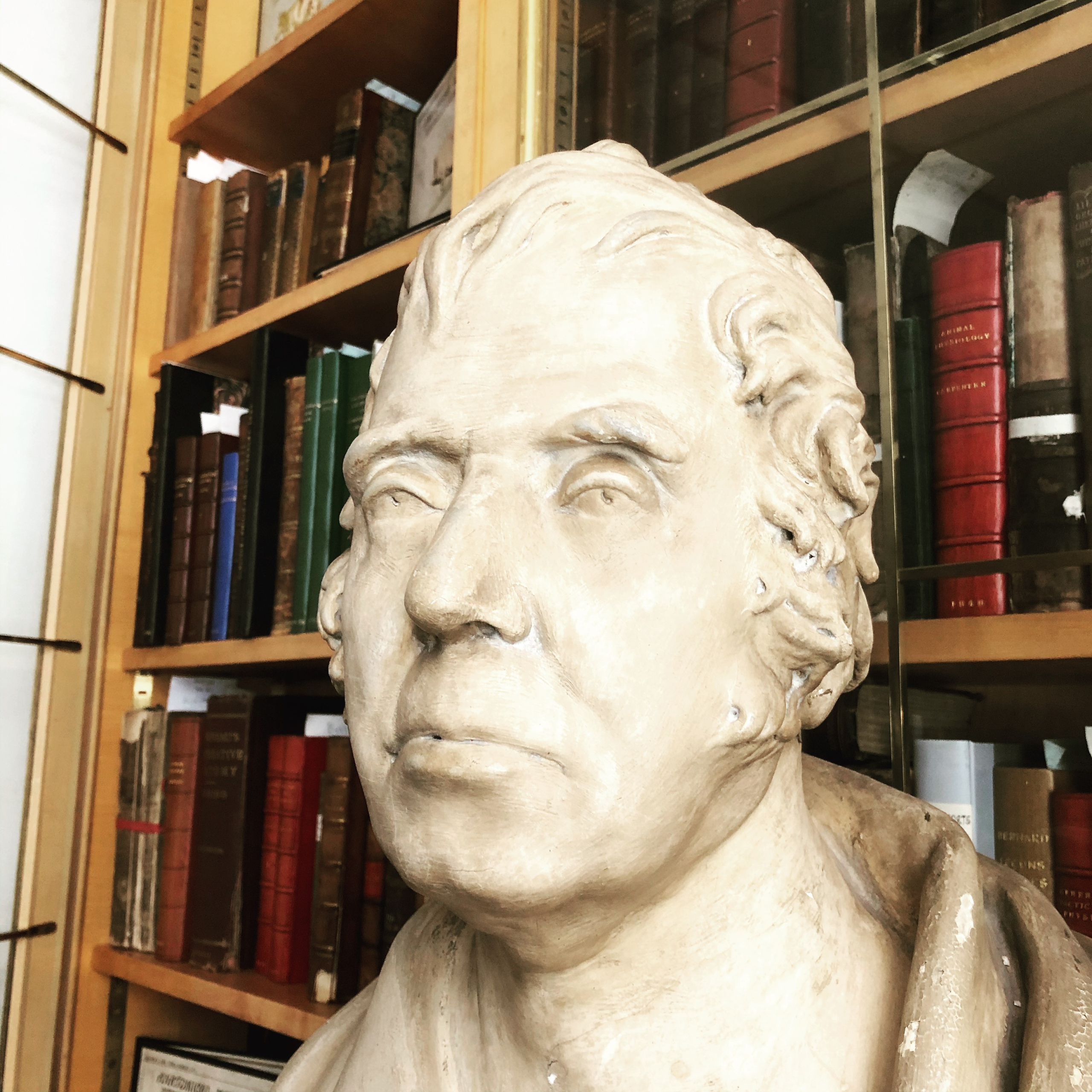
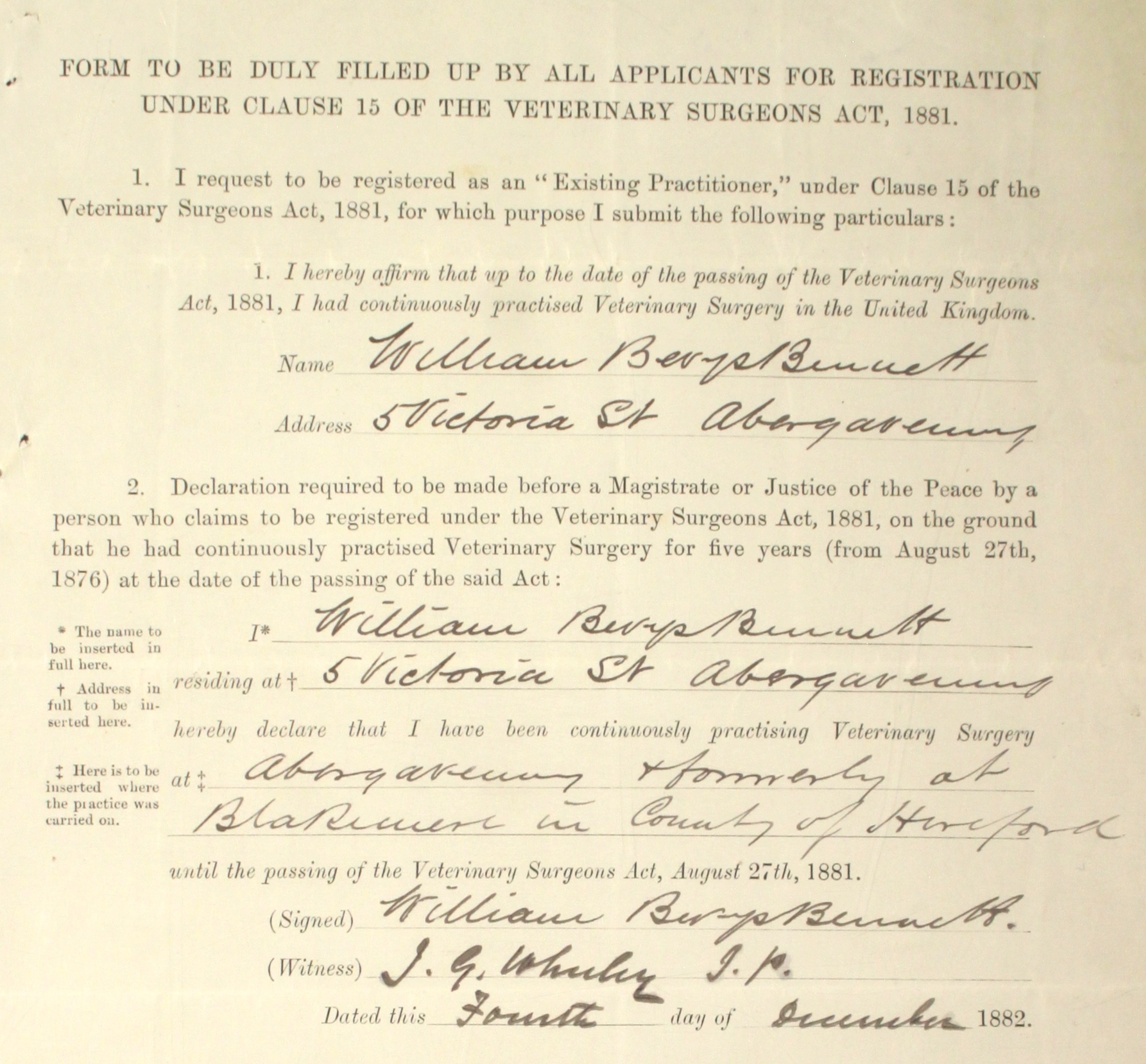
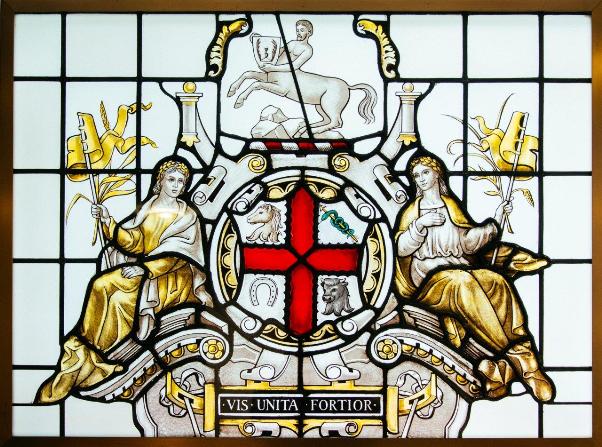
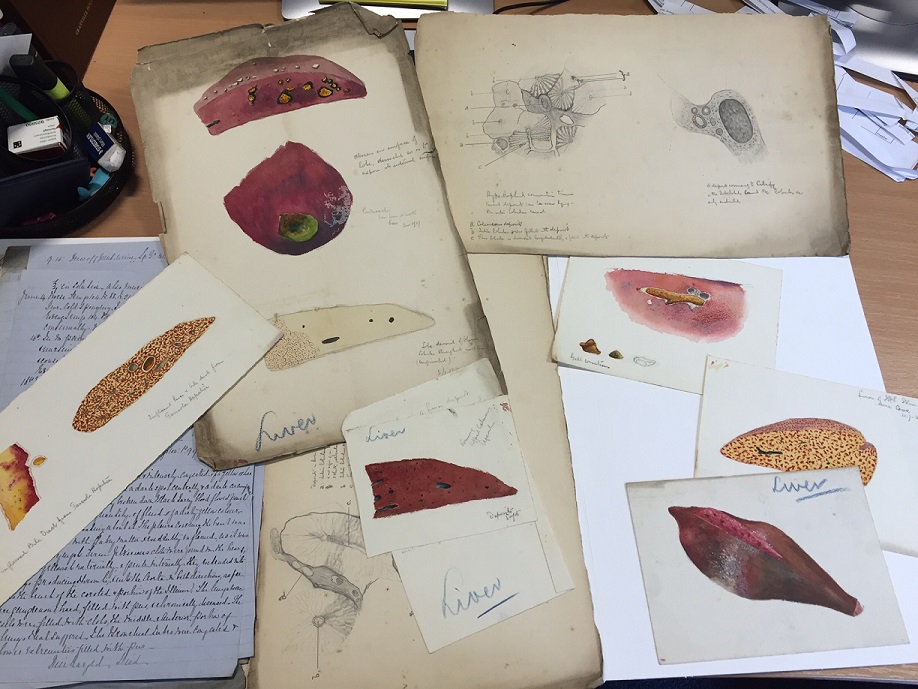
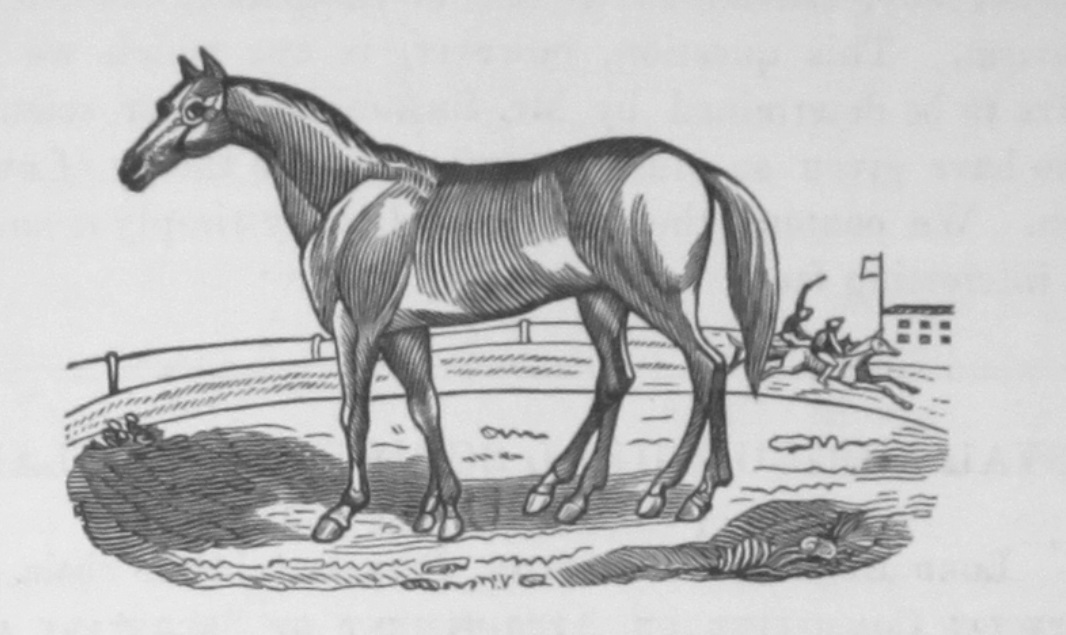
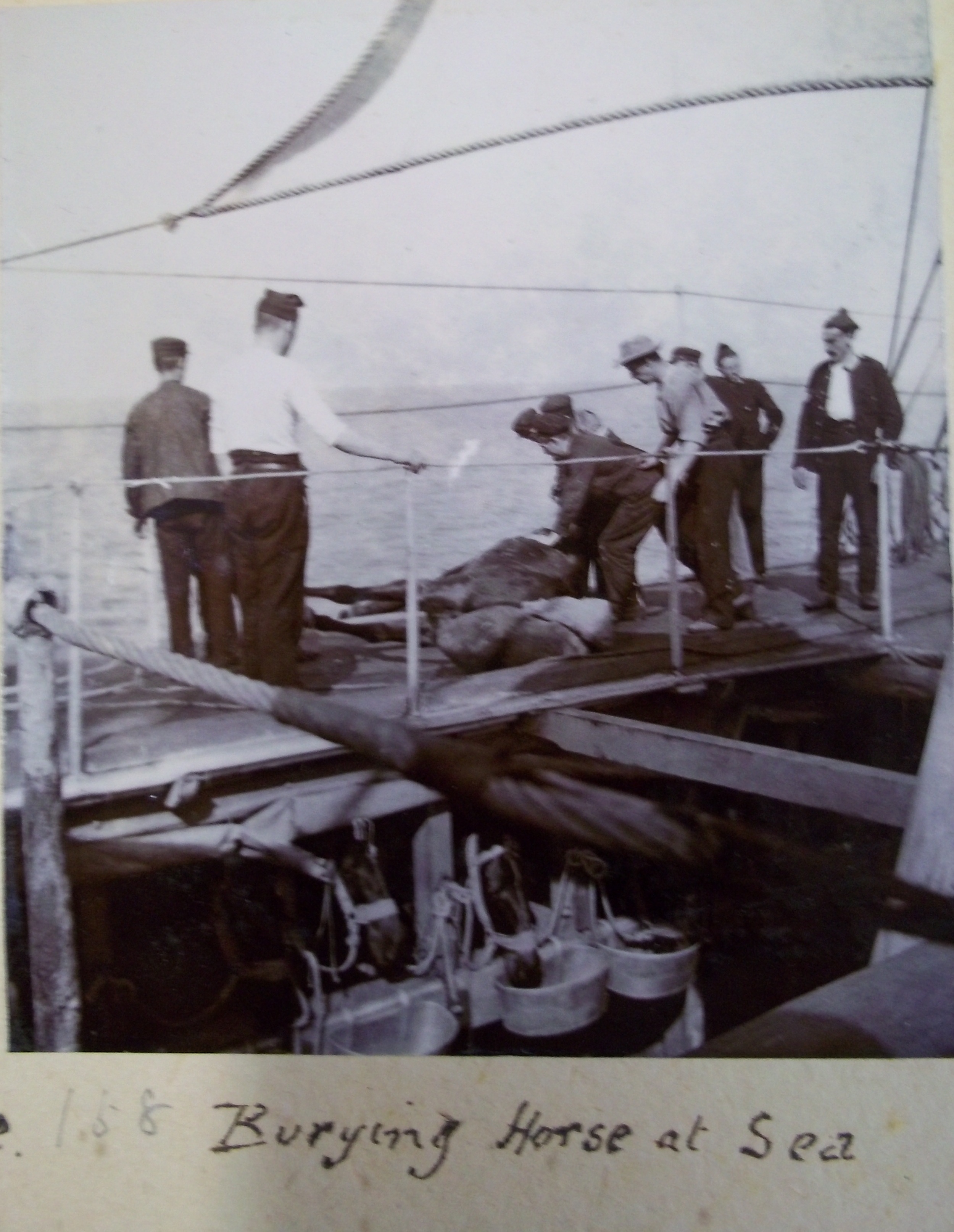

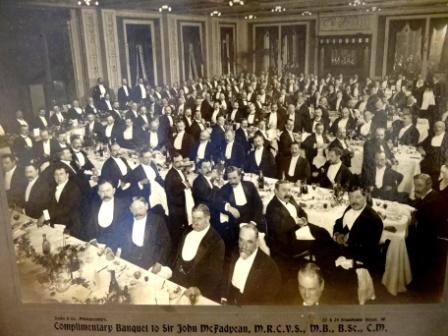


A lovely post to celebrate the day! Our portrait of Sir Fred, mentioned by Bruce V. Jones in his recent biography of Smith, is currently undergoing conservation. When it returns it will have a place of importance in our recently opened Historical Veterinary Research Collection suite here at Texas A&M University’s Medical Sciences Library.
Hi Nancy.
Curious to know of any updated information on the current location and refurbishment works of the painting of Major General Sir Frederick Smith.
Many thanks for an enjoyable post – Smith was clearly a character, his historical accounts are fascinating, I can see why you feel an affinity with him! Keep up the good work.
Niall Taylor
What a great post! Its interesting to hear about other veterinarian’s working habits. Is there scope to write a book about him?